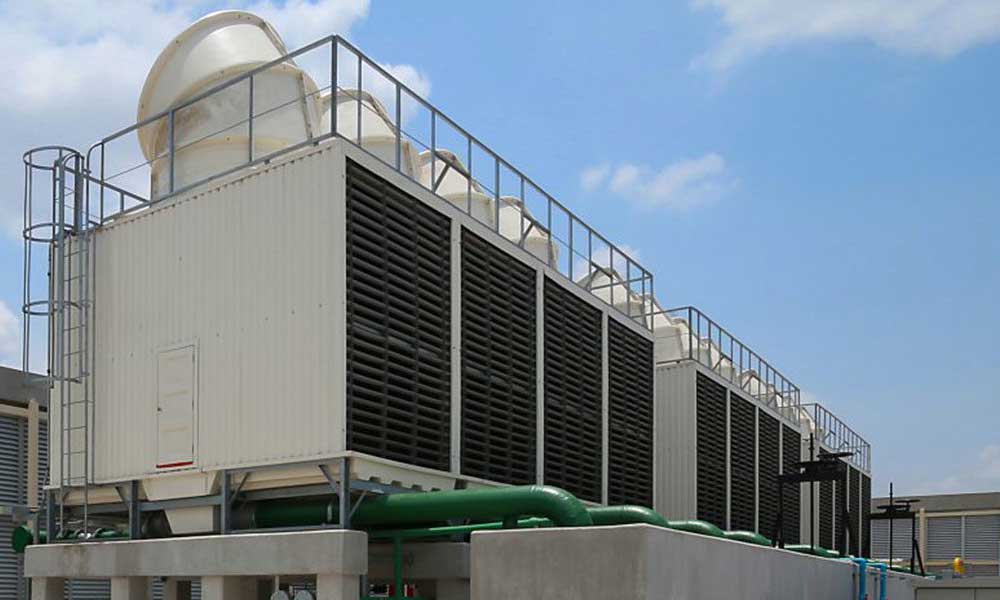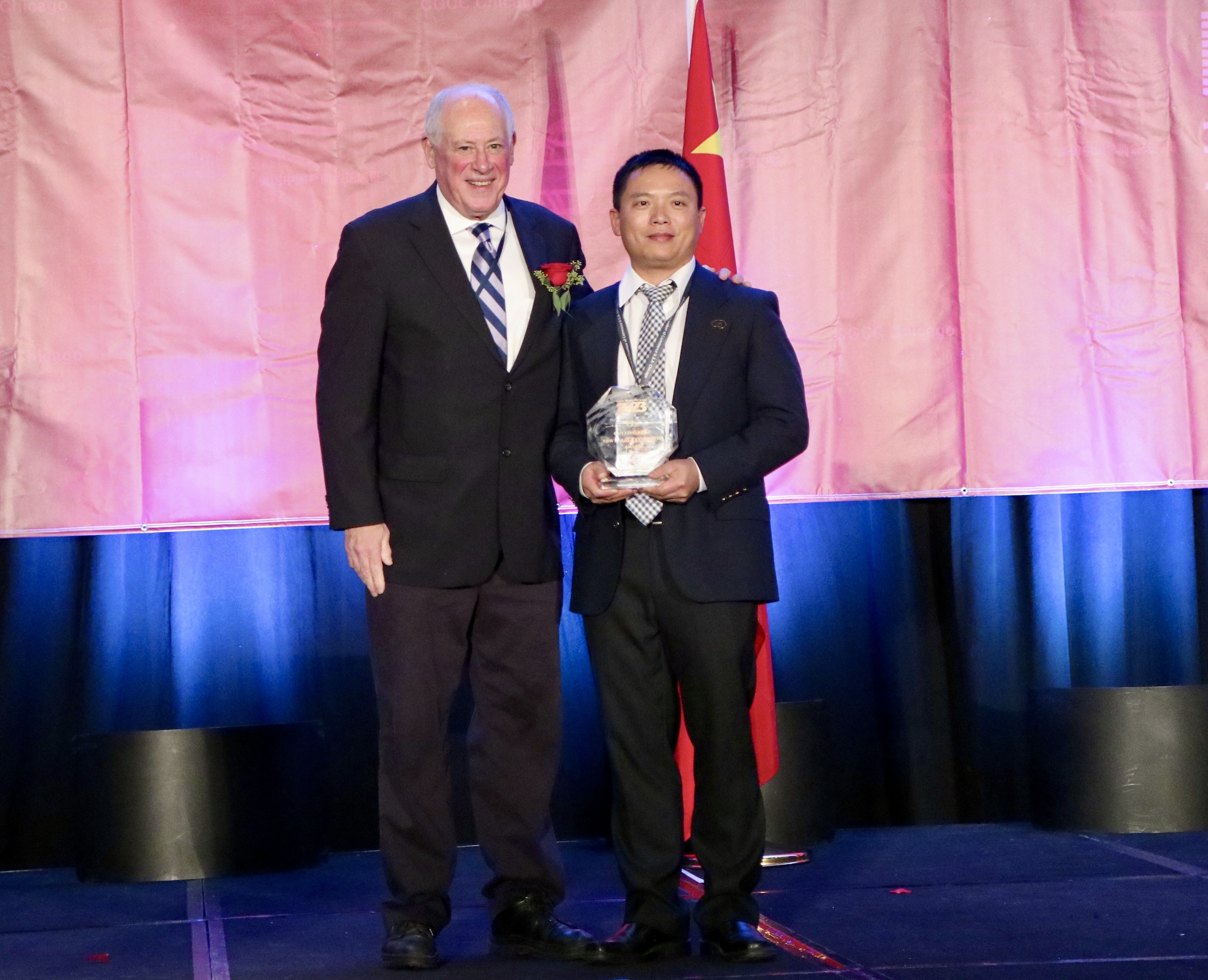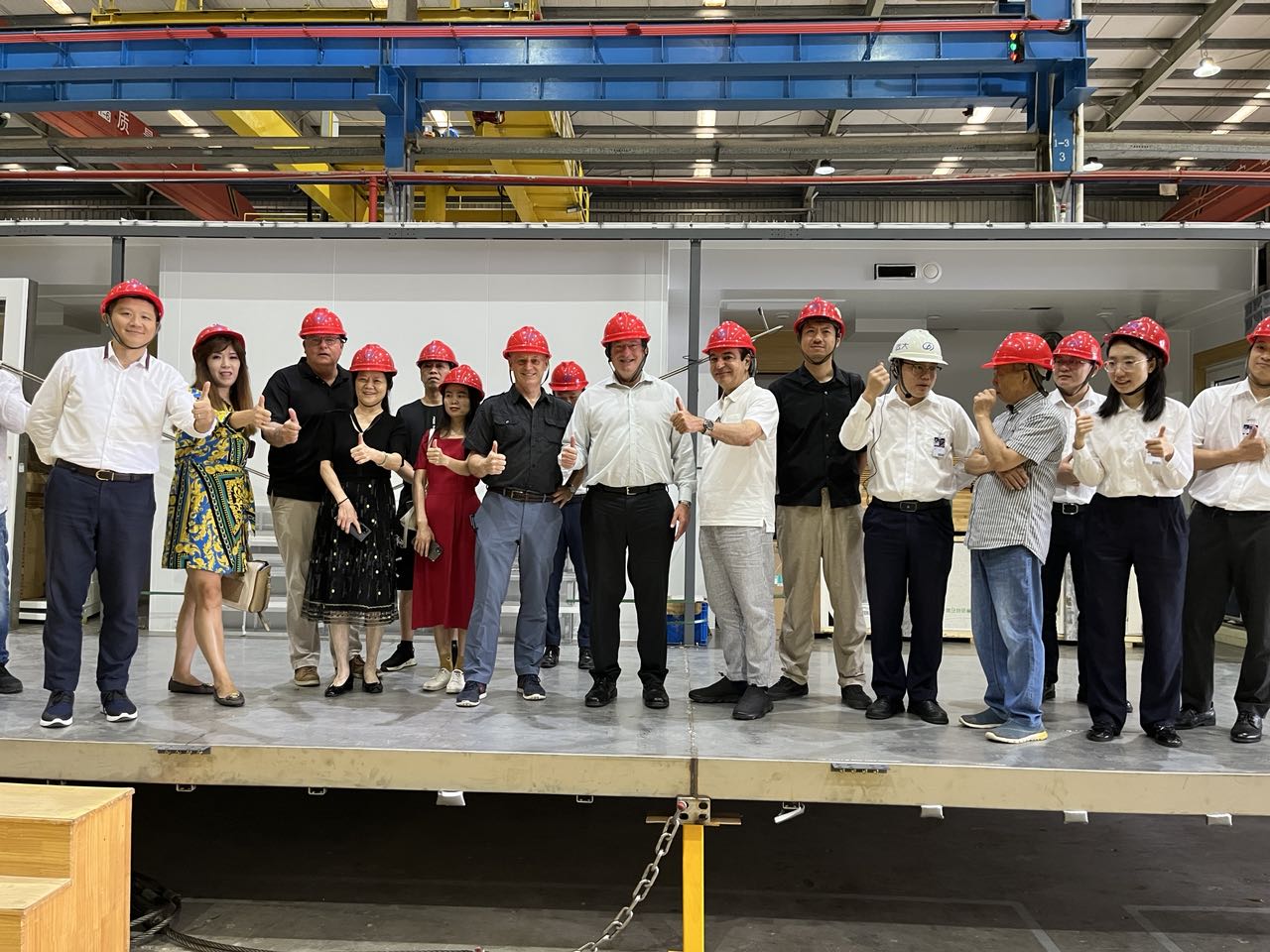There are mandatory needs and methods informed to reduce thermal impacts from municipal wastewater treatment plant discharges to surface water. The goal set for the reduction in effluent temperature from the Waste Water Treatment Plants is to help maintain appropriate temperature ranges to support their native and natural animals and plants.
Cooling Need:
In November 2006, the Washington Department of Ecology adopted temperature criteria in the surface water quality standards, found at Chapter 173-201A, Washington Administrative Code (WAC). The temperature criteria limit the allowable temperature increase of the receiving water due to human-caused impacts, including point source discharges.
In that event, municipalities would need to find ways to reduce the temperature of the treatment plant effluent before discharge to the receiving water.
Importance of Temperature:
Water is a finite resource and the management to ensure that the water quality remains sufficient to support the uses required of each stream, river, and lake. Improvements in wastewater treatment in the U.S. over the years have helped reduce the contamination of freshwater and marine water. Increasing understanding of aquatic habitats has shown that physical properties such as temperature and dissolved oxygen are also very important to aquatic organisms as are the chemical or biological pollutants.
Water discharges from a variety of sources can add heat to the stream. These sources include stormwater runoff, industrial discharges, wastewater treatment plant effluent, and irrigation return flows.
Typical Temperature Requirement at a WWT Plant:
“A treatment plant processes 1.0 million gallons per day (mgd) and produces an effluent at 75F. The plant is required to attain a discharge temperature of 64F. A mechanical chiller would cost in the range of $275,000 to $660,000. Operating costs of cooling are estimated in the range of $55,000 to $110,000 per year.”
Citation: Prepared by Skillings Connolly, Inc.5016 Lacey Blvd SE, Lacey, WA 98503 for Washington Department of Ecology Water Quality Program June 2007 Ecology Publication # 07-10-088
Methods for reducing thermal impacts from the Treatment Facilities:
- Evaporative cooling (cooling towers, spray ponds, cooling ponds)
- Mechanical cooling (refrigeration, heat pump)
- Wetlands treatment
- Groundwater recharge with treated effluent.
Obstacle:
As municipal budgets are typically overstretched, there is a clear need to identify approaches that could be implemented relatively less expensively and with the minimum operating costs. Such WWT plants always have a target to minimize this cost burden passed on to the city water users.
Why Absorption Cooling makes sense:
The major advantage Absorption chillers find in a WWT Plant is its negligible operating cost as it does not require electricity to do the cooling of effluents. This chiller can generate 40-44F Chilled water by waste heat sources available at such plants.
The WWT Plants generate methane gas during the processing of wastewater on which they typically install reciprocating gas engines to produce electricity on-site to meet their water pumping requirements. In return, for a safe operation of the Gas Engine, its jacket water of 190F is continuously required to be cooled back to 170F. An Absorption chiller can meet this demand of the Gas engine by using this hot water as heat source and deliver chilled water for effluent cooling.

Alternatively, the Absorption chiller can also be installed on the waste exhaust gas of the Gas Engine.
The incremental cost of capital investment in an Absorption chiller compared to an Electrical chiller could be recovered in 2-3 years by the savings in the electricity bills for running a mechanical electrical chiller.
BROAD Example Sites at WWT Plants:
- Salt Lake City Waste Water Treatment Plant (On Hot Water)
- Tampa Waste Water Treatment Plant (On Hot Water)
- Vancouver Waste Water Treatment Plant (On Hot Water)
- Balitimore Waste Water Treatment Plant ( Digest gas and Nature gas)
Other Applications of Absorption Chillers at WWT Plants:
- Methane Gas enrichment plant;
- Control Room Air Conditioning





